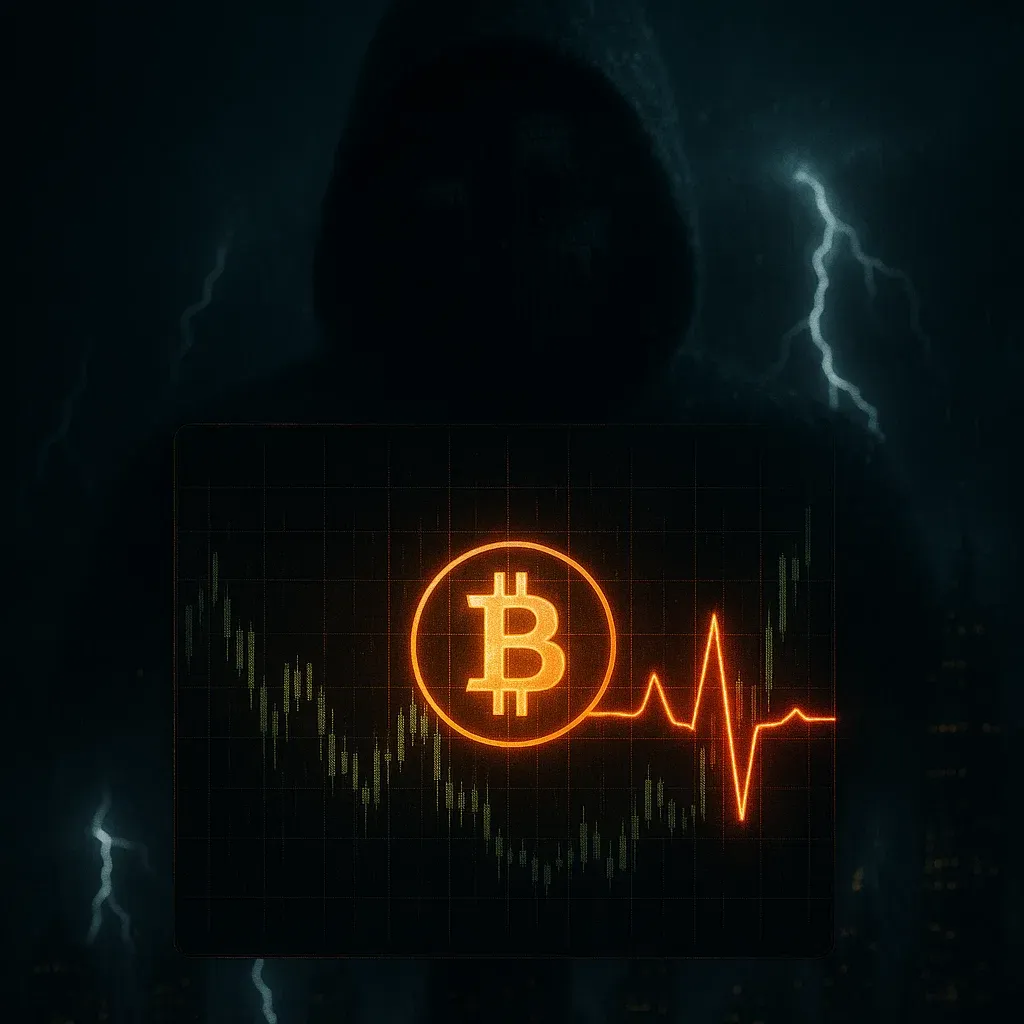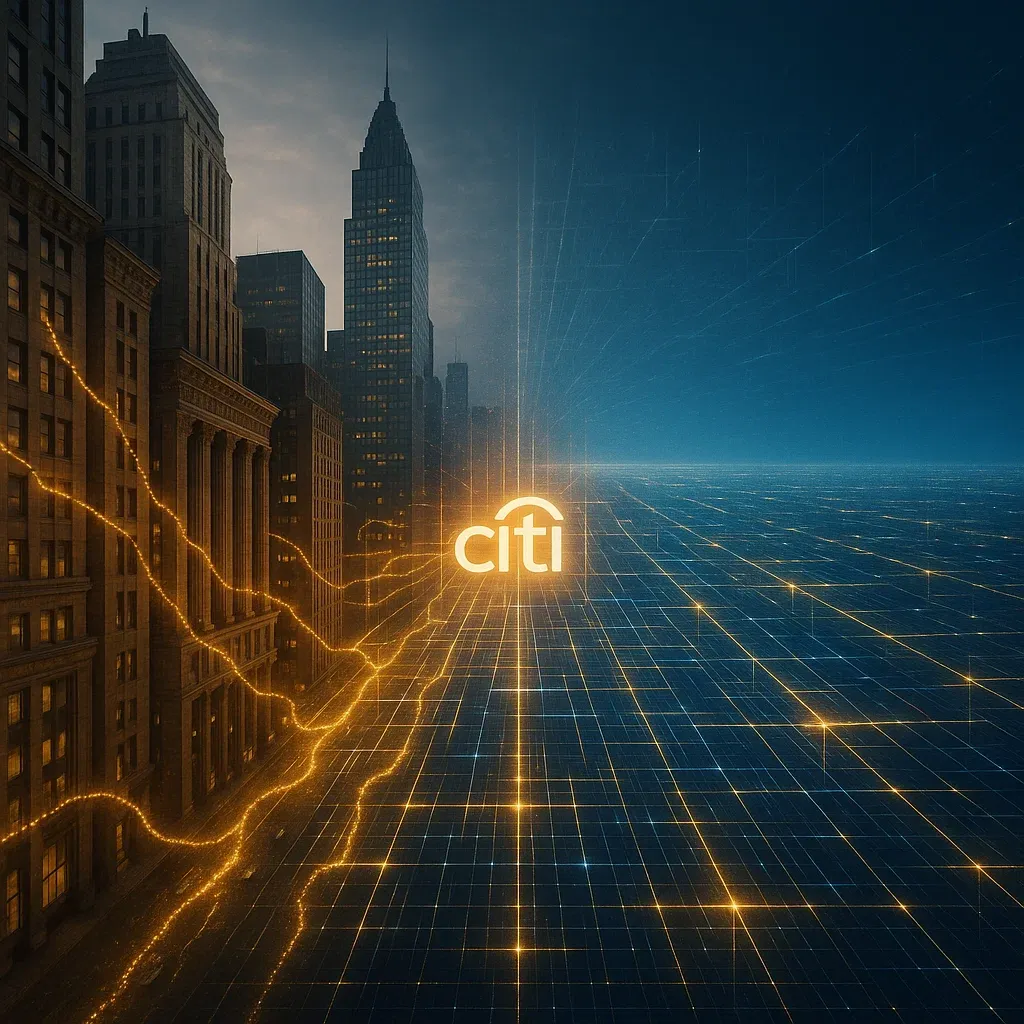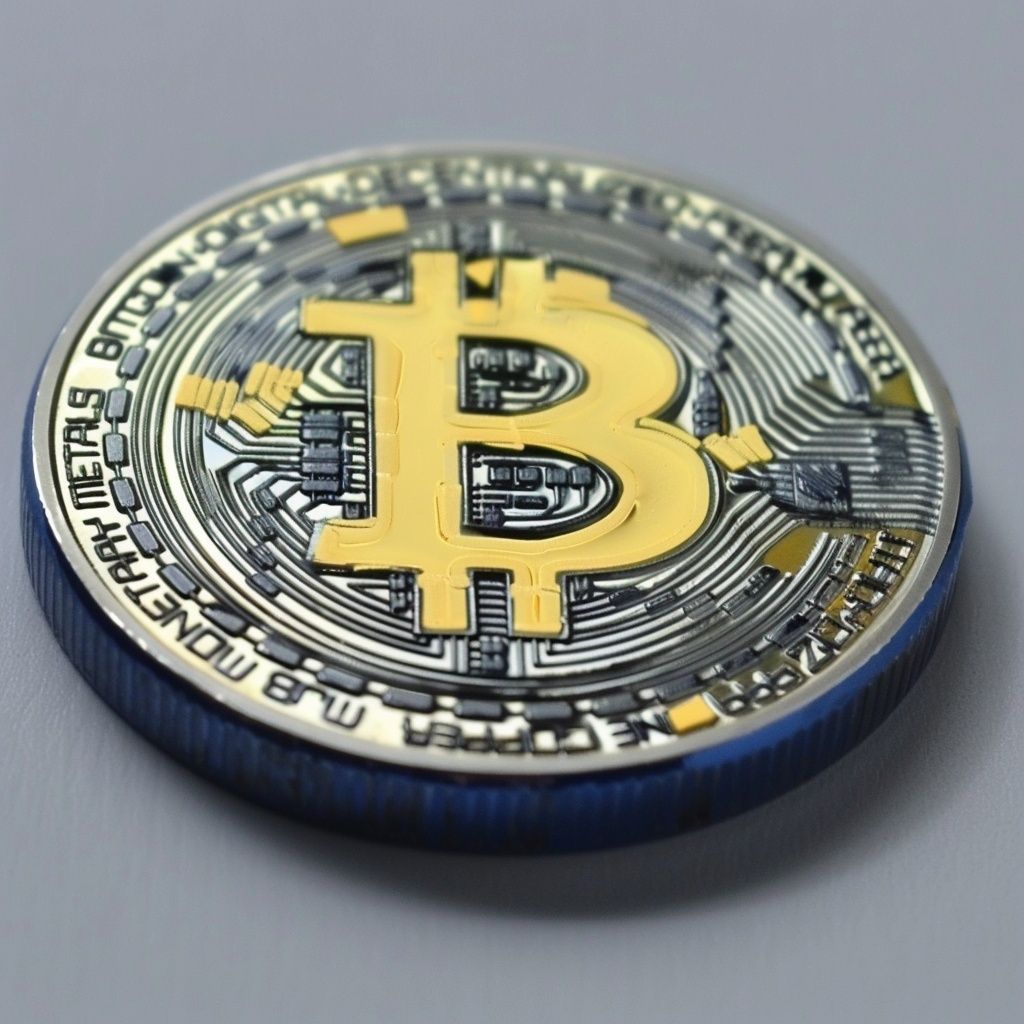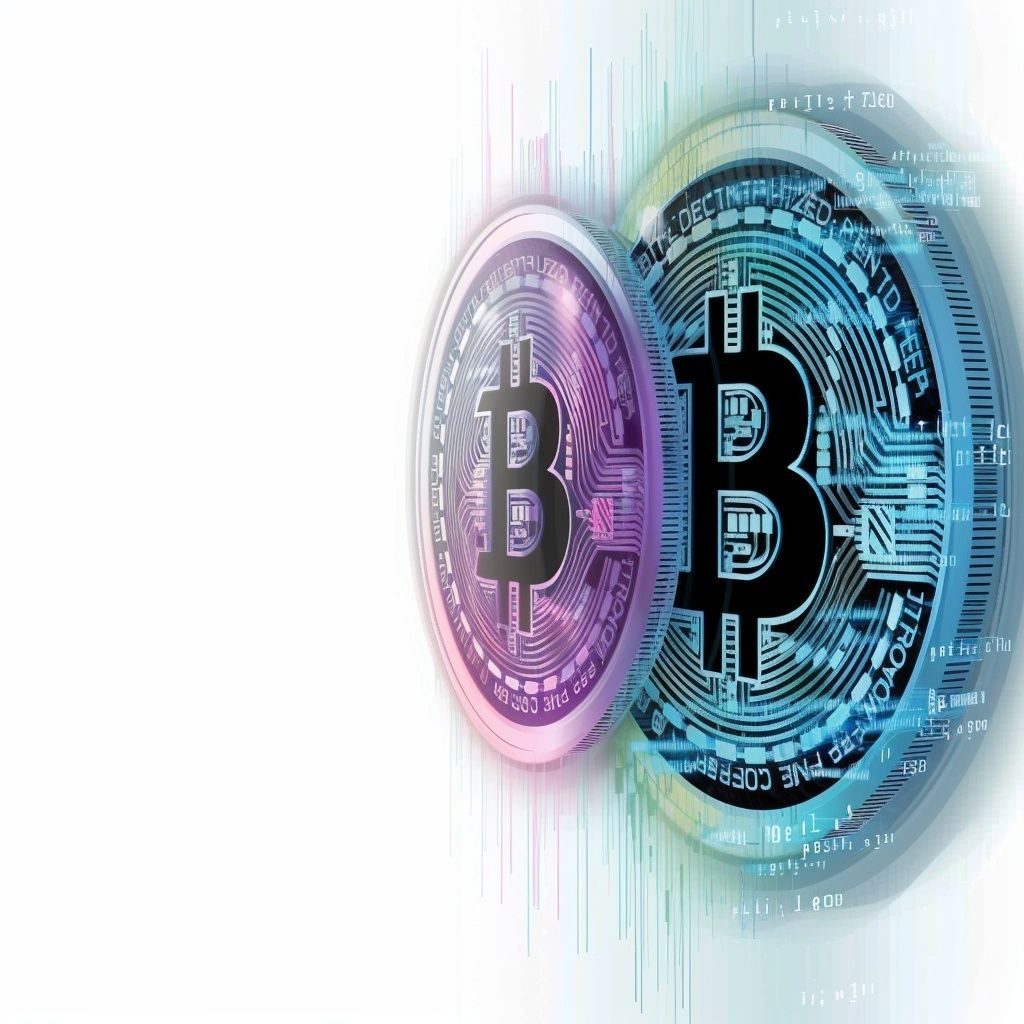Wall Street Banks Unite for G7 Stablecoin to Compete in $50 Trillion Payments Market
Wall Street Banks Join Forces for G7 Stablecoin — $50 Trillion Payment War Begins
Nine banking giants are teaming up to launch a reserve-backed digital currency — a direct challenge to crypto-native stablecoins and fintech giants.
⚡ Quick Hits
- 🏦 Consortium members: Goldman Sachs, Deutsche Bank, Bank of America, Citigroup, UBS & others
- 🌍 Peg: basket of G7 fiat currencies (USD, EUR, GBP, JPY, CHF, CAD)
- 💵 Model: 1:1 reserve-backed stablecoin on public blockchains
- 📊 Payments market: projected $50T+ by 2030
- 💰 Goal: compete with Tether, PayPal, and Apple in digital payments
- 🧩 Frameworks: MiCA (EU), U.S. stablecoin legislation, SWIFT + JPM tokenization pilots
🧠 The $50 Trillion Opportunity
The world’s biggest banks just declared war — not on each other, but on crypto. According to Bloomberg, a consortium of nine global financial giants — including Goldman Sachs, Deutsche Bank, Citi, Bank of America, and UBS — is developing a jointly backed digital currency pegged to G7 fiat.
Each token will be fully collateralized by reserves, bridging traditional trust with blockchain speed. The mission: reclaim the payments market before stablecoins and tech platforms own it.
“This is about positioning banks to capture digital dollar migration before crypto-native competitors dominate,” said one industry analyst.
💥 Why Banks Suddenly Care About Stablecoins
The stablecoin business is booming — and traditional banks have been left watching Tether print billions from interest on reserves. Now, they want in.
Bloomberg Intelligence estimates blockchain-based payments could exceed $50 trillion a year by 2030. That’s not just fintech — that’s financial infrastructure.
For context:
- Tether made over $6B in yield income last year
- Circle’s USDC powers institutional DeFi
- PayPal’s PYUSD is now accepted by major merchants
Banks can’t ignore it anymore — especially as Apple, Uber, Airbnb, and X prepare to integrate stablecoin payments into their ecosystems.
🏗️ The New Rails: Tokenized Banking
This consortium move isn’t isolated. Across the board, legacy finance is going on-chain:
- JPMorgan (JPMD): tokenized dollar deposits
- HSBC: blockchain-based corporate settlement systems
- SWIFT: Ethereum Layer 2 cross-border testing
- ING, UniCredit, Deutsche Bank: MiCA-compliant euro stablecoin projects
The vision is clear: Replace slow correspondent banking with programmable money.
⚔️ The Coming Stablecoin Arms Race
Banks face a brutal three-way choice:
- 🤝 Partner with existing issuers — e.g. Citi supporting BVNK
- 🧱 Build consortium-backed stablecoins using shared liquidity
- ⚠️ Lose the payments market to crypto-native and tech platforms
According to Standard Chartered, stablecoins could drain $1T+ in deposits from emerging-market banks by 2028. That’s enough to trigger policy panic — and deposit caps are already under discussion in the UK and EU.
🌐 TradFi Meets DeFi
This G7-backed stablecoin isn’t just a payment experiment — it’s a geopolitical play.
By anchoring to public blockchains while maintaining regulatory oversight, banks are trying to out-stabilize the stablecoins — fusing trust, compliance, and programmability.
If successful, it could:
- Create instant global settlement
- Preserve bank control over liquidity
- Neutralize Tether and Circle’s dominance
In other words: Wall Street and Europe are building their own “digital dollar,” before DeFi does it for them.
💬 Bigger Picture
The line between traditional finance and crypto just blurred — permanently. What began as disruption is now integration.
Reserve-backed G7 stablecoins could become the bridge currency of the digital economy — where compliance meets code and banks trade like protocols.
The $50T payment war isn’t coming. It’s already begun.
TL;DR
- 🏦 Nine global banks plan a G7-pegged, reserve-backed stablecoin
- 💵 Built on public blockchains for global payment speed
- 📊 Targeting $50T payments market by 2030
- 🧱 Follows tokenization pilots by JPM, SWIFT, and HSBC
- ⚔️ Designed to counter Tether, Circle, and fintech payment rails
- 🌍 Marks the fusion of TradFi and DeFi under regulatory clarity
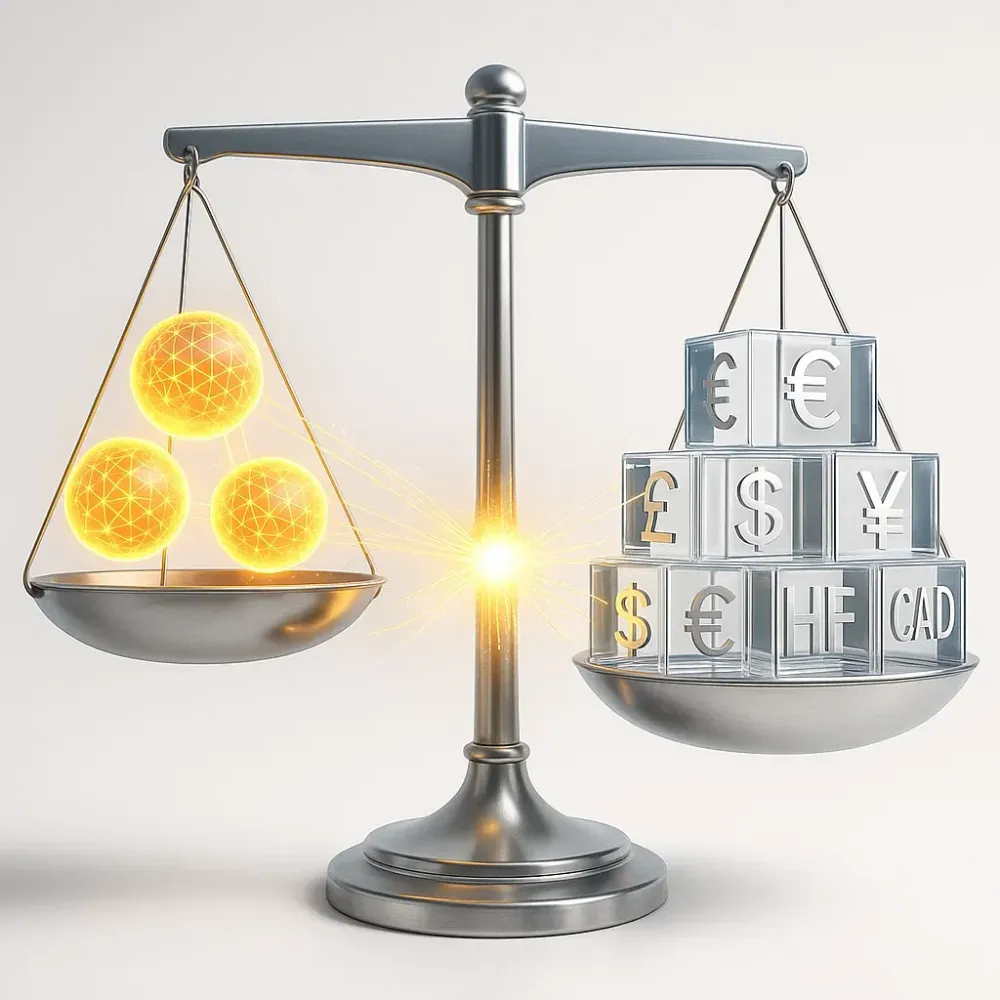
Recent News
All Time High • Live
Have questions or want to collaborate? Reach us at: info@ath.live
